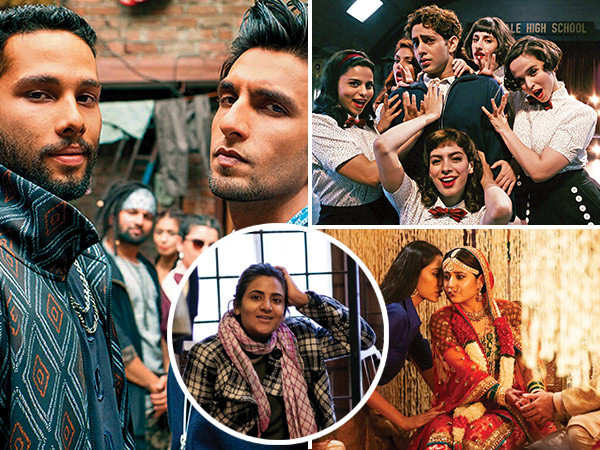
Ranveer Singh’s rapper street style in Gully Boy (2019), the high society characters from Made In Heaven (2022) and the retro fashion seen in The Archies (2023). All of these have a single, common thread: costume designer and stylist Poornamitra Singh. Her foray with Bollywood began as an assistant costume designer on Honeymoon Travels Pvt. Ltd. She has since worked on films like Rang Rasiya (2008), Turning 30 (2011), Aurangzeb (2013), Baar Baar Dekho (2016) to name a few. Over the years, Poornamitra Singh has learnt to trust in her instincts. She feels that costumes complement the mood of a scene and is known to exhaust her directors with queries when she takes on a project. Excerpts from an engaging interview with the self-taught designer.
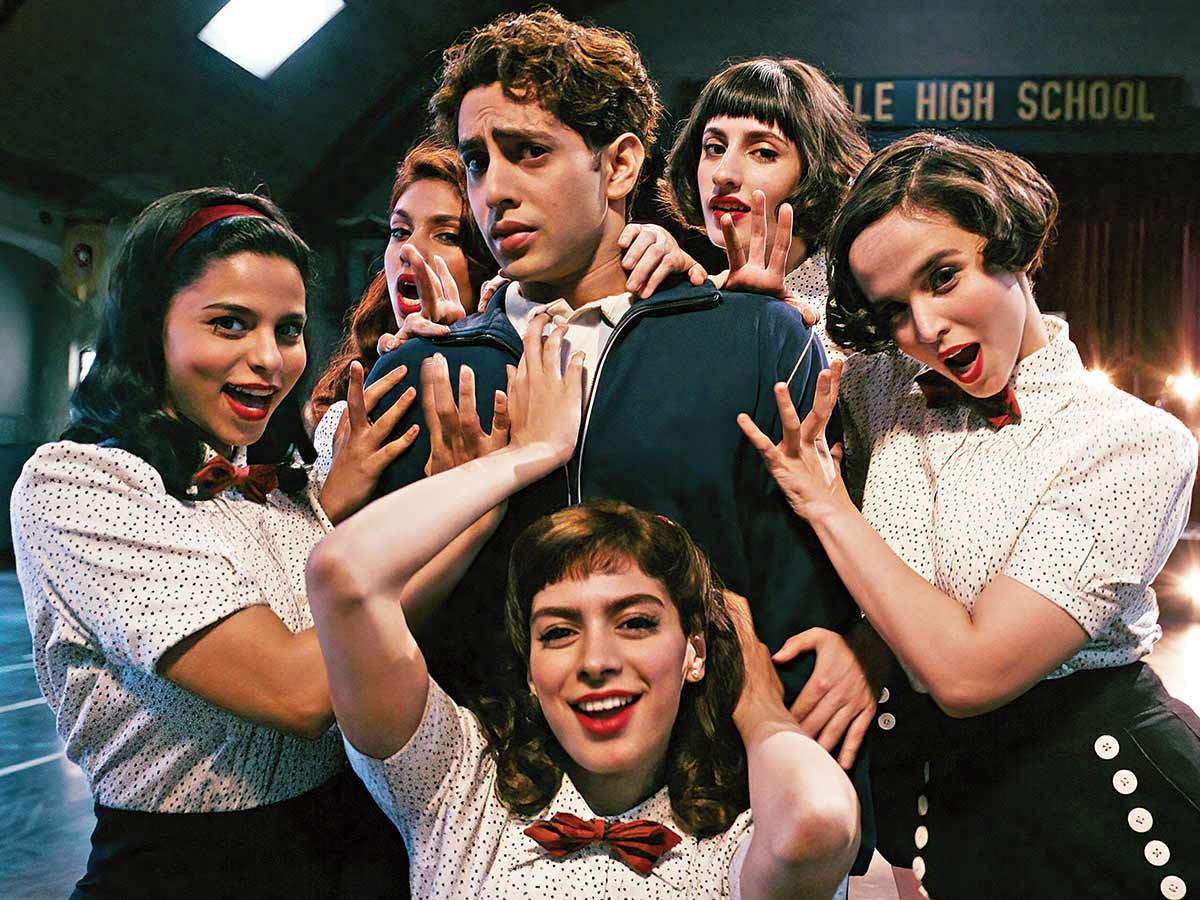
Gully Boy had a streetwear vibe, then Made in Heaven was all about the weddings, and now you’ve gone vintage with The Archies. What did each project teach you?
Made in Heaven was challenging for me because it was the first time that I worked on a web show. The scale of it was so big because we are all from feature film backgrounds. It was difficult to get into a web show format without any prior knowledge about the pace, minute details to take care of and amount to be shot. There were so many people and weddings with the glamour aspect. At the same time, there was also another side to it because Delhi is a mashup of a lot of different localities and people. I’m a stickler for details. I researched Delhi thoroughly, and creating those characters was super fun. Right from Jazz’s (Shivani Raghuvanshi) character to the first Russian wedding. The variety of weddings was also so vast; some were artistic, while others were loud. I researched people I knew and got their wedding photos and personal photos. I needed real people in this, and that’s how I approached my series. Then Gully Boy was set in the slums of Mumbai. There’s a lot of life. There are a lot of rappers in it who have their styles going on. So just meeting all those musicians—in reality, all the rappers and songwriters. I met them just to get an idea of their vibe. Our team went around photographing a lot of college kids and found out how they wrapped their hijabs, what their hair looked like, what bags they carried, what shoes they wore, and what kind of jeans they wore. Zoya has a sense of what the movie looks like and what palette she needs to bring to the film, and then we all kind of work together.
You’ve worked with Zoya before in Gully Boy and Made in Heaven. Tell us about that experience and bond.
It helps me a lot because she’s such a creative genius. I’m somebody who gets into the narrative of the film; hence it helps me to work with someone who has written it. I would ask her random questions about The Archies, like what was Archies’ favourite colour and where Veronica would go and shop. I go in-depth about who they are, their moods and how they would approach life. My colour palettes reflect the mood of the characters and scenes in the film too. It helps me when I work with someone like Zoya because she’s somebody who knows the world so well. My discussions with her over time helped me build a lot for the characters, and that’s how I can get into the finer details of things. Over time, we have developed trust and rapport that work for us.
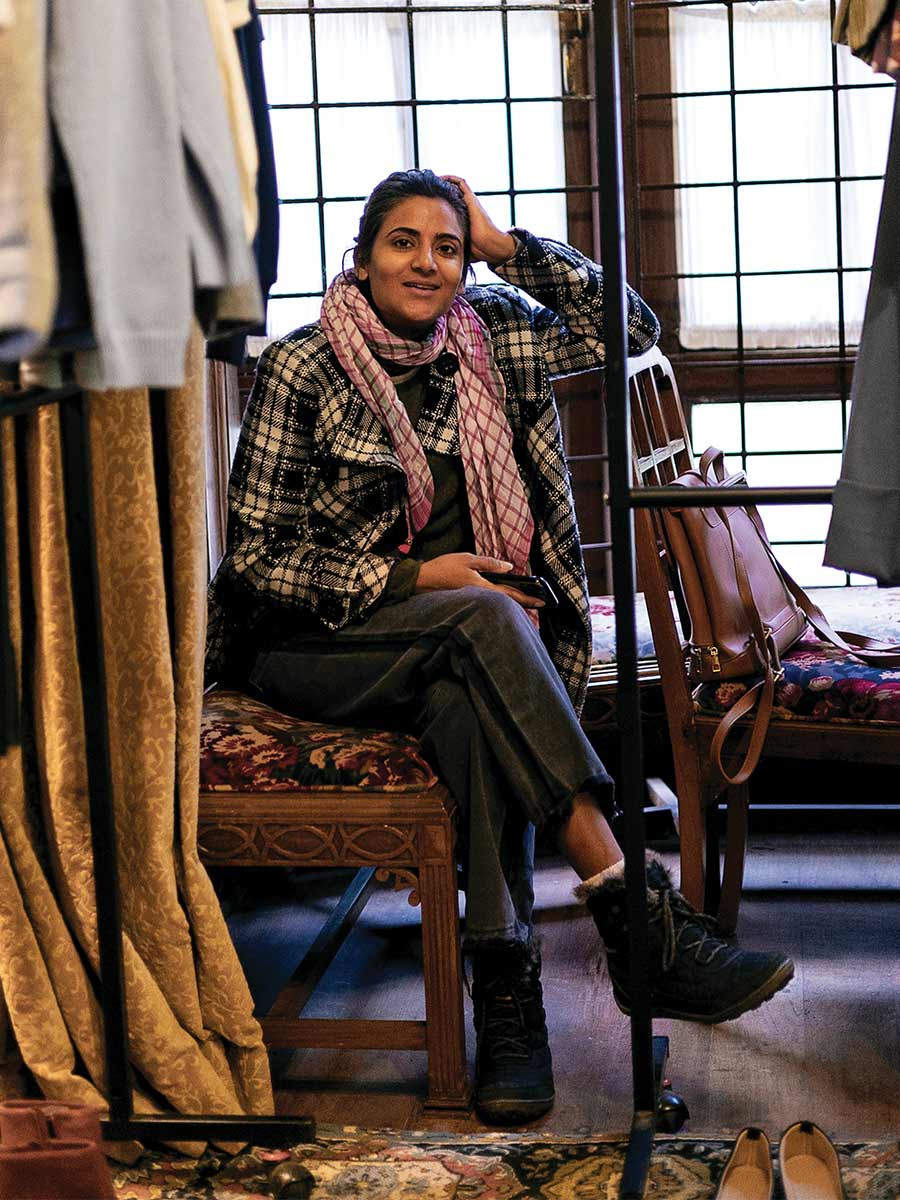
How different was the sourcing and research bit for a musical like The Archies?
Everything was made from scratch. I had to create a world that’s unique to the The Archies universe. We took a lot of real-life instances in terms of our research and where the place was located. It’s partly based on reason and partly on your imagination. These are comic books, but Zoya wanted the feel of a storybook in this movie. I’ve always been fascinated by storybooks and that world. Right from designing, sampling, pattern-making, and silhouettes prevalent in that era, it took a lot of time for my workers to do the stitching and everything from scratch because they were not used to the styling from that period. I had to train them on how to make these silhouettes and high-waisted pants with wide pleated finishes. Collars, cuffs, and everything had extreme detailing, and once it was done, I used to pin them up on the bottom and say whatever anyone in my team is making for this film, these details need to be there. Even with the school uniforms that we had, we didn’t have fitted blazers. If you see the film, it’s loose with a straight cut. The training required was massive to get it right.
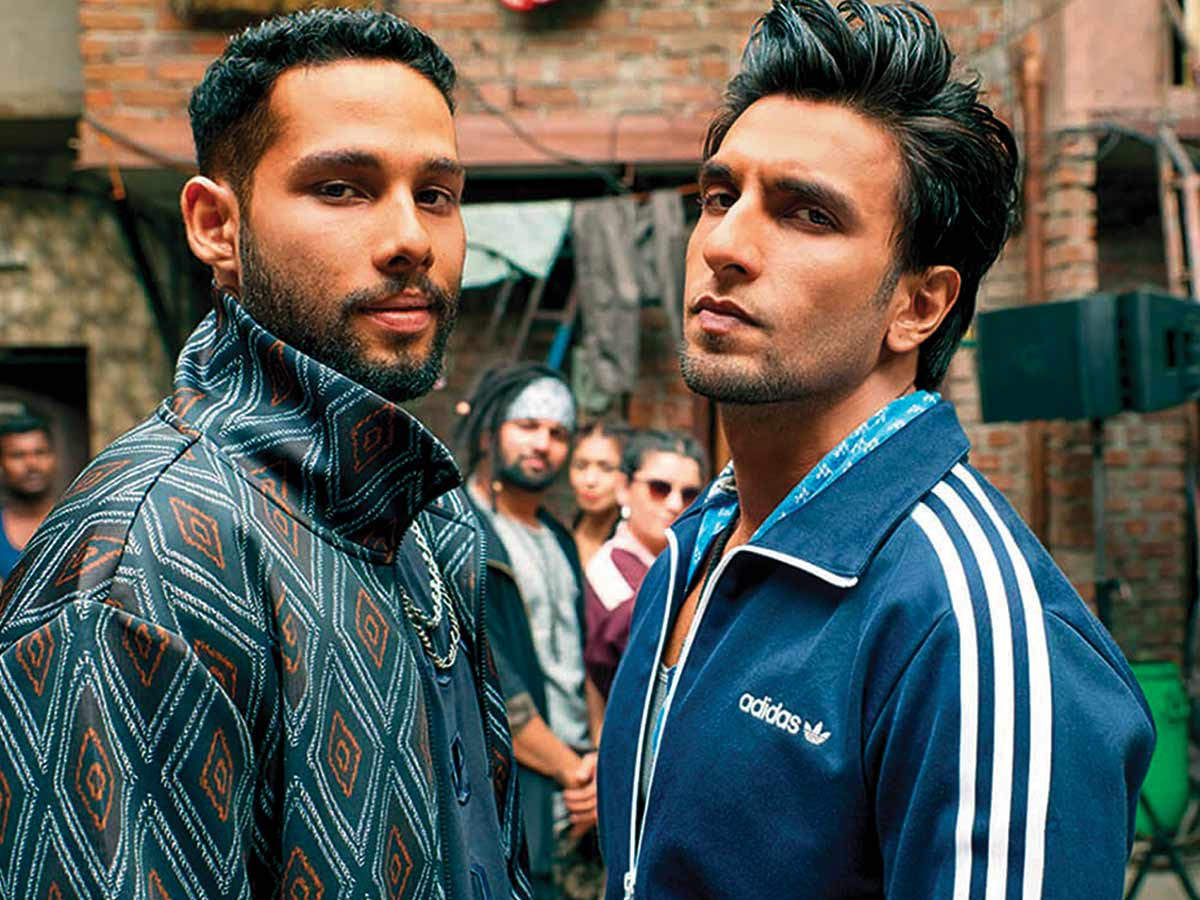
Were there any past movie references you went back to pick references for the Anglo-Indian community styling?
I researched people like Brigitte Bardot, Audrey Hepburn, James Dean, Asha Parekh, Sadhana, Sharmila Tagore, and Shami Kapoor. I went through the archives of old magazines from the ’60s. I looked at newspaper clippings where Jacqueline Kennedy had come to India and some political people like that. To form different characters in the movie, you require various personalities. You can’t just reference films and film stars. I went through a lot of personal photographs of friends and family, and I interviewed a lot. People who lived through those times and were in school remember how their uniforms used to be. I noticed the skirts were longer and the blazers were wider. Then some ’50s fashion with cinched waists for dresses and skirts. The mini dresses had just come in blue, which is why Veronica started wearing them because she has access to fashion all over the world. She gets the ’60s fashion in Riverdale because she’s well-travelled and can afford it. Betty is somebody who would like her mother to buy her things from the local boutique. She would like hand-knit sweaters or like a neighbour would stitch her some clothes. She is somebody who would have had a wardrobe like that for five years. Like gloves with embroidery and beret hats.
The vintage footwear in the film has also been a hot topic.
I hope people see my shoes because they were painstakingly made. We handpicked footwear and got it made for everyone. A lot of the footwear is vintage from that time, which I picked from London. We picked the colours, patterns, and styles. And we just got them made.
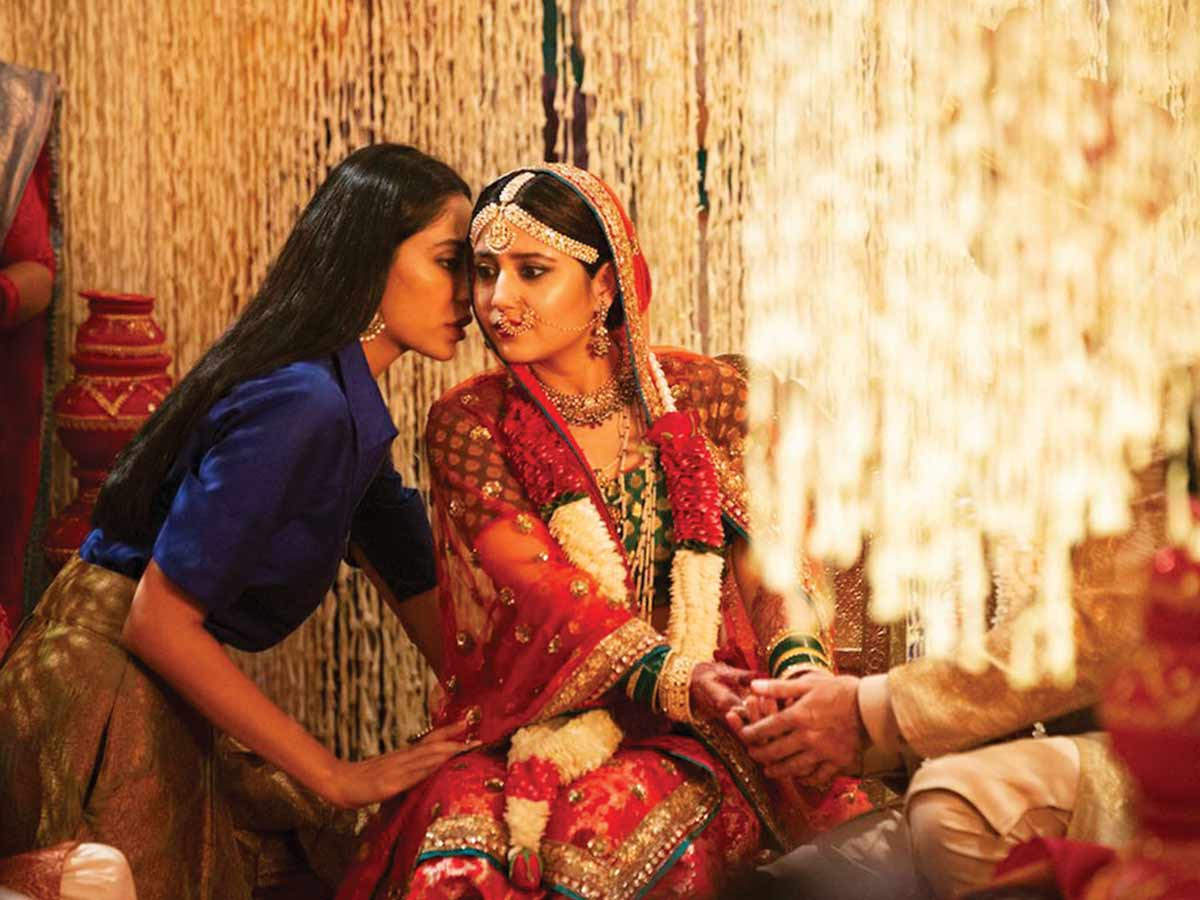
What’s your most special memory with the young cast from the sets?
It was a sheer delight because they are fresh and their energy is so infectious. It was hilarious. I would see the boys tugging at their pants and tell them it’s supposed to be that high. They had shorts that would start high on the chest, and they’re really long until the knee and quite wide, and it’s almost like a divided skirt. They would ask me, ‘You’re making us wear a skirt?’ They have such dedication, focus, and enthusiasm. We got that energy from them.
What’s it like to design for a force of fashion like Ranveer Singh?
It helps me. I like input from actors, so I include them in a lot of things. It helps me to widen my horizons and make my process easier, and that’s how I can help them build a better character on screen. It goes with all my projects; I like that kind of collaboration.
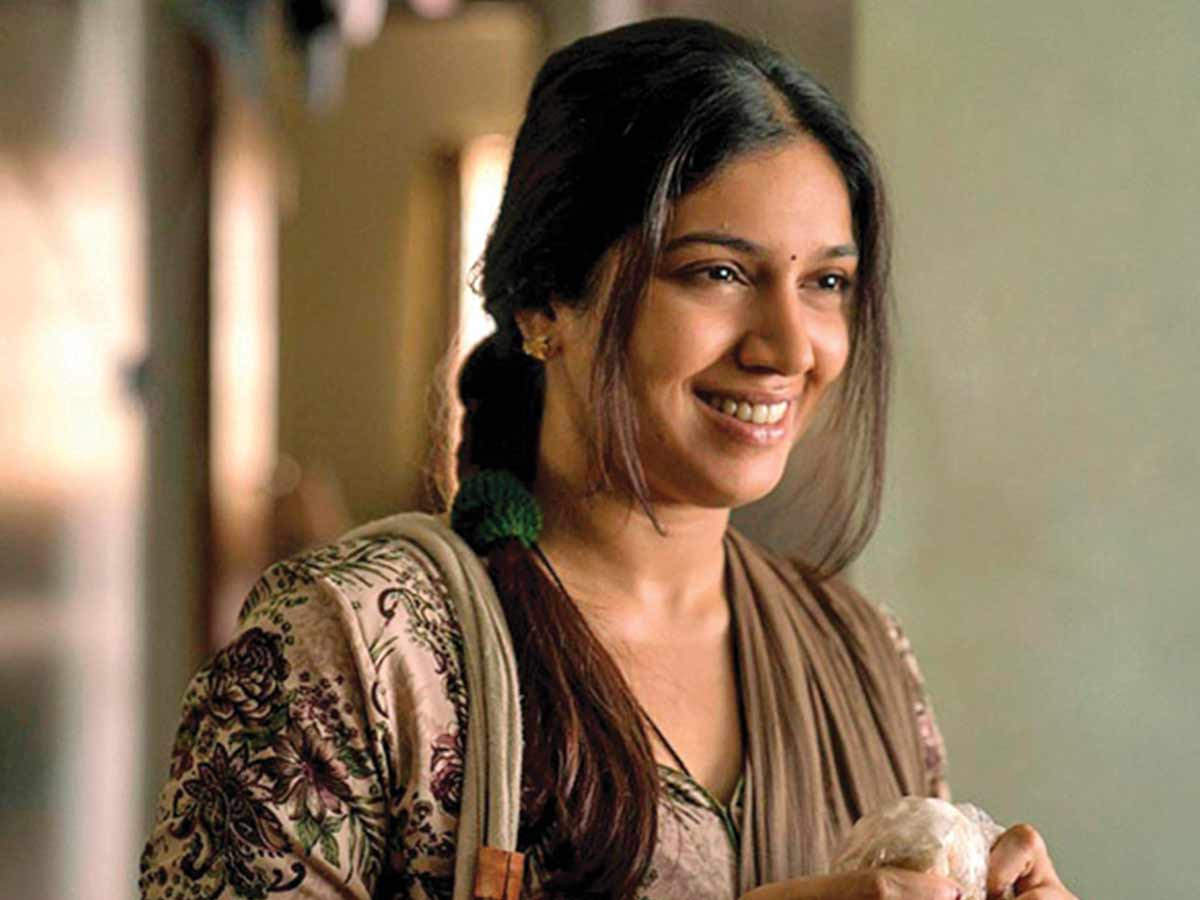
How important are costumes in a film’s storytelling process?
Cinema is a big thing here. We are a country of song and dance. We are a country that likes beautiful colours. I think what intrigues the audience about fashion seen in films is that they see something new and fresh, and they wouldn’t mind trying it out if it looked good to the eyes. That’s why there’s such a big fan-following of the fashion sported by actors.
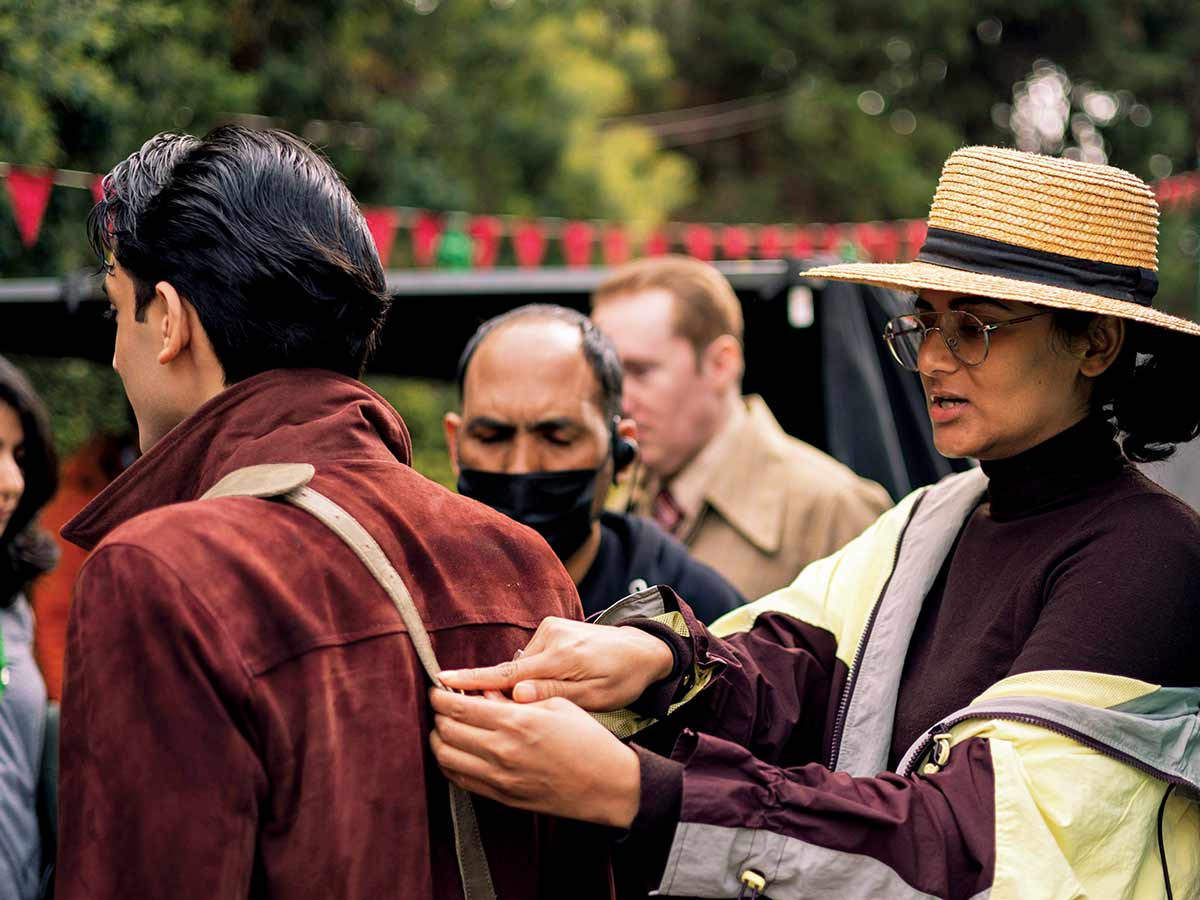
A word of advice you would like to give to aspirants who want to make a name in the entertainment industry in styling.
It’s not glamorous at all. It’s far from it. Behind the scenes, it’s a lot of hard work, dedication, and research. We do have a lot of fun, but it’s a different kind of fun. It’s not what you see in the cinema. You need to develop that skill in design. I get a lot of people who are just stylists, who just pick up things and put them all together, but it requires a lot of effort. If you don’t know the construction of a garment, you cannot fit it on people. I see that gap a lot. There’s a huge technical aspect to it. In The Archies, when the girls are twirling, twisting, and flipping, you need to know how to stitch the garments to keep them in place. You only know when you know how to construct a garment.

SHOW COMMENTS